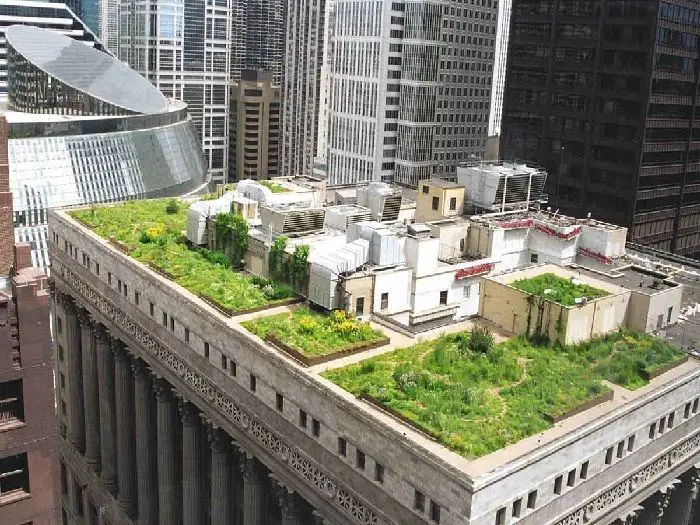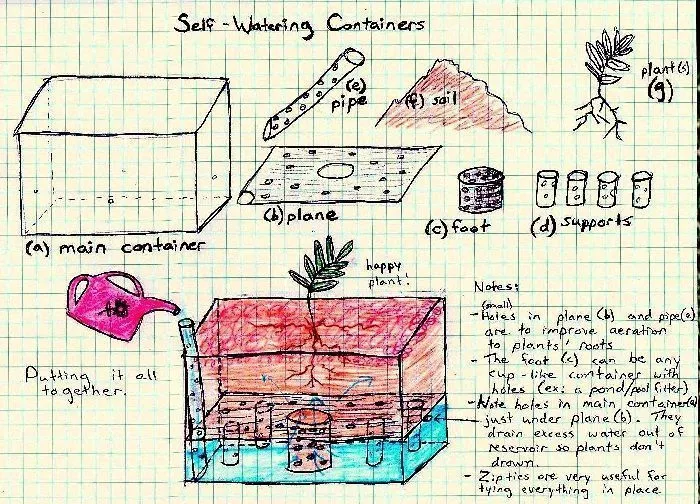Although in this blog we intend to provide individual information on each aromatic or medicinal plant, there are times that, by their nature, they share some similar characteristics. If we know this information, it can be of great help when it comes to ensuring an interesting production.
In any plant, knowing the climate you need, the type of soil, the fertilizer and irrigation is basic. Some will need more water than others, especially depending on the type of root they have. Others will adapt to certain types of soil and will or will not offer problems when the land becomes dry or waterlogged, for example.
As for the subscriber, the same thing happens. There are more rustic species than others and, therefore, they will need more or less fertilizer.
It is also interesting to know where to plant them. By this we mean the conditioning of the area where we are going to place our aromatic plants (either at home or in the garden).
Sun exposure, access to drafts or even the combination between these herbaceous plants is also very important, since there is really a synergism between them.
Table of Contents
Do I grow my medicines at home or in the garden?
As for this, we must select the most comfortable for the user and what best suits the crop we intend to plant.
The convenience of approaching the supermarket and being able to buy almost anything (not necessarily products from the area), has made us move away from the rural world and limit our house to a few plants, most of them ornamental.
Our intention is to change that idea we have and have at hand a small group of aromatic plants, with which to extract fresh leaves, seeds or other interesting parts for our cooking and feeding.
You will not have any problems growing your plants both in the garden and in the kitchen.
If you do it inside the house you have to take into account some conditions, such as exposure to the Sun, temperature, substrate, planter, etc.
With regard to the garden, it is interesting to see the combination of plants, since much research has been done on the mutual benefits of planting aromatic or medicinal plants together with vegetables.
In the future we will see the benefits of intermingling these plants, both at the level of repelling pests or diseases, as well as favoring the root growth of all nearby plants and allowing a greater variety of products collected by the horticulturist.

Which medicinal plants do I choose according to the weather?
The Sun is always and will always be an important element in order to guarantee the development of any crop. There are species that need more radiation to be able to carry out their photosynthetic activity. Other varieties, by their nature, suffer when they receive direct sunlight.
Therefore, we are going to classify some known plants according to their orientation or arrangement to the Sun.
Medicinal plants for shaded areas (or with little sun)
- Sorrel
- Caraway
- Anise
- Chive
- Lemon balm
- Mint
- Pyrethrum
- Chervil or perifolio
- Stonebreaker
Medicinal plants for areas in full sun
- Basil
- Lavender
- Lavender
- Parsley
- Rosemary
- Sage
- Thyme
The orientation of your balcony or terrace, very important
If you place your pots with aromatics on your terrace, you have to plan the orientation that your balcony will have. You can place those plants that resist sun exposure on the terraces or balconies facing South.
If you have plants that do well in semi-shaded areas, an ideal place would be those areas facing East or West.
On the other hand, if you have plants that need a lot of shade and suffer when the Sun gives them directly, it is best to place them with a North orientation.
Even taking this into account, we will not be lucky enough to be able to enjoy several balconies with different orientations. Do not take it as an obligation but a recommendation. If you are going to arrange the plants in pots, you can play with the ease of being able to take it and put it inside the house if the time is not peaceful.
If you have an awning or portico, it may be interesting to take advantage of the shade provided by this element to protect your plants, especially in the time slots with the highest radiation. It will act as if it were a greenhouse and will benefit its development.
Many of these medicinal plants are usually accustomed to warm environments, so if you live in a city where winters are cool, it is convenient that you adapt an area inside your house so that they spend as much time as possible warm.
A word of advice? In the kitchen. Have some aromatic plants on hand that you can use for fresh to combine your dishes and improve the flavors!
Beware of the cold!
The cold and the wind is the worst enemy we can find, both growing in pots and in the garden. However, if we have some plants on the balcony, there are means of little effort to lessen the damage.
One of them is to padded the substrate with organic matter, straw or stones. If the roots stay warm, it can free us from having to throw away the plant because it has frozen.
Putting the plants together in a corner with each other also creates a microclimate where a few more degrees of heat are gained. An effective method to reduce the problems of cold.
The icy wind is one of the biggest torments for plants. Try to protect your pots from drafts using physical screens, both with plastic materials and plant screens.
Which substrate do I choose?
As in the case of sun exposure, when choosing a substrate we must take into account which aromatic or medicinal species we have chosen. Everything is conditioned by drainage and the contribution of nutrients, since there are varieties that are adapted to different soil conditions. The texture of the substrate, therefore, is very important.
Controls drainage

One important thing we have to keep in mind is the drainage system. We have to allow the water with which we water to leave the pot without problems. To do this we will make holes in the base of the container that allow the exit of water to the plate. It is also advisable to have pebble gloves at the base, as they will control the outflow of water for the benefit of the roots of the plant.
Ah! A tip. You should not let the dish fill with water, because the origin of most root rot (and medicinal plants do not support waterlogged water) is by leaving water on the plate, in contact with the substrate.
Remember that for the plant to absorb water it is necessary that it can also breathe oxygen.
If you grow parsley, chives or fennel, it is interesting to look for a substrate with good organic matter content (that is nutritious), such as black peats or dark soils.
If you grow rustic species such as thyme the rosemary the lavender or the sage, need less nutritious substrates with higher limestone content (basic pH). It is something like trying to bring the typical Mediterranean land, which this type of medicinal plants like so much, to a pot.
